Table of Contents
- Introduction
- NFTs and Ownership Rights
- Ownership on the Blockchain
- Ownership Security on the Blockchain
- Trackability of Ownership
- Legal Issues Related to Ownership on the Blockchain
- Decentralized Governance
- The Difference Between NFT Ownership and Intellectual Property Rights
- Purchasing an NFT and Associated Rights
- Intellectual Property Rights (IP Rights)
- Overlap Challenges
- Practical Examples
- Importance of Clear Contracts
- Proposed Legal Solutions
- Legal Standardization
- Awareness and Education
- Strengthening Legal Platforms
- International Collaboration
- Conclusion
Introduction
NFTs (Non-Fungible Tokens) and the Metaverse are emerging technologies that are transforming the digital world. These technologies have not only significantly impacted how individuals interact with digital assets but also introduced new legal challenges that did not exist in the physical world. As these technologies continue to expand, legal issues related to NFT contracts and licensing rights in the Metaverse have become a contentious subject. This article aims to explore these issues and the key differences between “ownership” and “purchase.”
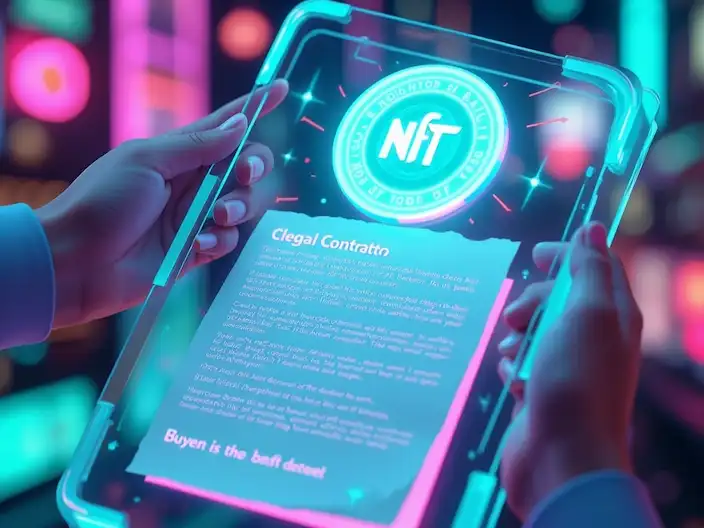
NFTs and Ownership Rights
NFTs, as a form of digital asset, represent ownership of a specific item or work within the digital space. These items can be artworks, music, movies, game items, virtual land, or any other type of digital asset that is registered on the blockchain. However, the most significant challenge related to NFTs is the correct understanding of the concept of “ownership rights.” This concept has several aspects, which will be examined below.
- Ownership on the Blockchain
One of the standout features of NFTs is the registration of their ownership on the blockchain. This technology provides transparency and high security. Every transaction related to an NFT is recorded on the blockchain, and the information cannot be altered or deleted. This leads to:
- Reduced Disputes: Due to high transparency, disputes related to ownership are minimized.
- Unique Identification: Each NFT has a unique identifier that ensures buyers are the owners of the original version.
- Ownership Security on the Blockchain
Due to its distributed structure, blockchain makes fraud or tampering with information nearly impossible. This feature is crucial for NFT ownership because:
- Protection of Ownership: Through advanced encryption, only the owner of the private key can transfer the asset.
- Public Transparency: All transactions are visible to the public, minimizing the chance for fraudulent claims.
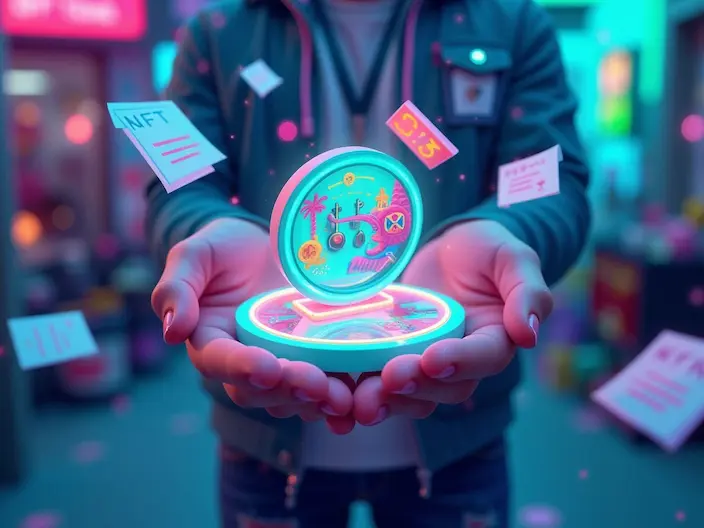
- Trackability of Ownership
Another advantage of the blockchain is the ability to trace the ownership history. This helps buyers verify the authenticity of an asset. For example:
- Transaction History: Shows who the NFT has been transferred from and to.
- Confirmation of Original Creator: Buyers can confirm that the NFT was purchased directly from the creator or a legitimate source.
- Legal Issues Related to Ownership on the Blockchain
- Copyright Issues: If the work that has been converted into an NFT is copyrighted without the owner’s permission, blockchain registration cannot resolve legal issues.
- Conflict with Local Laws: Some countries still lack clear laws regarding digital ownership on the blockchain, which could lead to legal conflicts.
- Decentralized Governance
Blockchain’s decentralized structure prevents the involvement of intermediaries. This feature:
- Increased Individual Control: Owners can directly manage their assets without relying on intermediaries.
- Reduced Costs: Eliminating intermediaries helps lower ownership transfer costs.
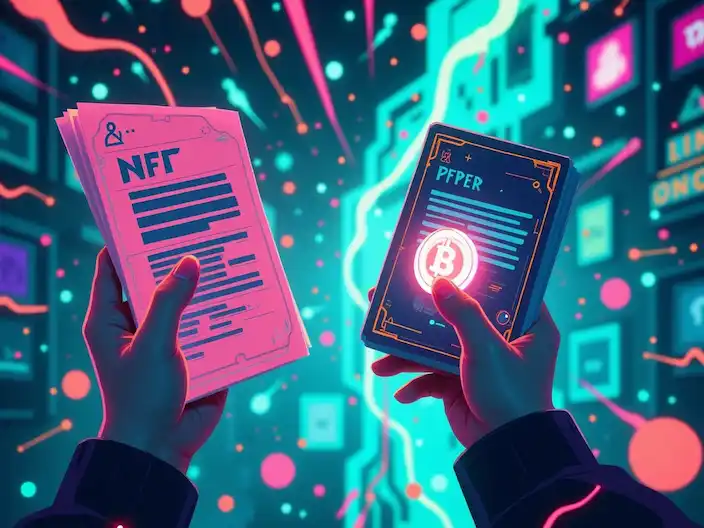
The Difference Between NFT Ownership and Intellectual Property Rights
NFT buyers must understand that purchasing an NFT does not necessarily mean owning the intellectual property rights (IPR) of the work. In other words:
- Limited Rights: The buyer may only have the right to display, store, or resell the NFT.
- Creator’s Rights: The creator may retain rights such as copyright or the right to alter the work.
- Need for Clear Contracts: Contracts should clearly specify which rights are transferred to the buyer.
- Purchasing an NFT and Associated Rights
When a person purchases an NFT, what they actually acquire is a digital token linked to a specific asset. This means:
- Ownership of the Token, Not the Content: The buyer owns the token but may not have the rights to commercially use or alter the content.
- Legal Distinction: The token acts as proof of ownership, but rights to use or reproduce the content must be defined separately.
- Intellectual Property Rights (IP Rights)
IP rights pertain to the protection of ideas, creativity, and inventions. These rights typically include:
- Copyright: The right to reproduce or alter a work.
- Trademark: Protection of a brand or logo.
- Patent: Protection of technical innovations or specific designs.
- Overlap Challenges
The overlap of NFT ownership and intellectual property rights can lead to the following challenges:
- Rights Violations: If an NFT is created without the permission of the copyright holder, legal issues may arise.
- Contract Ambiguity: If the rights transferred to the buyer are not clearly defined, disputes can occur.
- Practical Examples
- Digital Artworks: An artist may sell an NFT of a piece of art but retain the rights to print or publicly display the artwork.
- Game Items: Players may buy digital items but not have the right to transfer them to other games.
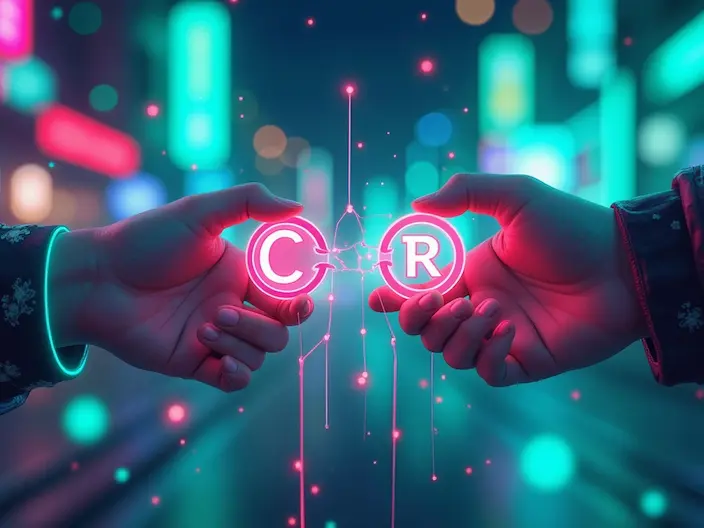
Importance of Clear Contracts
To avoid misunderstandings, contracts specifying the rights of both the buyer and creator are essential. These contracts should include:
- Transferred Rights: Specify which rights are transferred to the buyer.
- Limitations: Define what the buyer is not permitted to do.
- Royalties: The percentage the creator receives from future sales.
Proposed Legal Solutions
- Legal Standardization
One of the key steps in addressing legal challenges is establishing comprehensive legal standards for NFTs and related contracts. These standards should include:
- Definition of Rights and Obligations: Establish a clear framework for defining the rights of buyers and sellers.
- Copyright Registration: Ensure that digital works and NFTs are registered within local and international legal systems.
- Legal Adaptation: Adjust traditional laws to meet the needs of the digital world.
- Awareness and Education
Increasing public awareness and educating users about their rights and obligations in the NFT space is crucial. Proposed actions include:
- Workshops: Provide specialized training for users and lawyers involved with NFTs.
- Legal Resources: Create platforms offering valid and comprehensive legal information for users.
- Strengthening Legal Platforms
NFT and Metaverse platforms play a key role in supporting users and reducing legal risks. Suggestions in this area include:
- Pre-Defined Contracts: Offer standard contract templates for NFT transfers.
- Buyer Protection: Create mechanisms to protect buyers from rights violations.
- Alert Systems: Add automated warnings to notify users of potential legal conflicts.
- International Collaboration
Developing international cooperation in the NFT field could help create a harmonized legal framework. Suggestions include:
- International Agreements: Establish agreements to protect user rights worldwide.
- Dispute Resolution Centers: Create international centers to resolve NFT-related disputes.

Conclusion
NFTs, as digital innovations, have created new possibilities in digital ownership, but the legal complexities associated with them also present challenges. NFT ownership refers to possessing a unique digital token linked to a specific asset, but it does not necessarily include the intellectual property rights of the work. This necessitates clear contracts and comprehensive laws.
To avoid misunderstandings and legal conflicts, buyers and sellers must carefully study the terms of contracts and understand their rights and limitations. Additionally, establishing transparent and up-to-date regulations can help strengthen this emerging market. Ultimately, user awareness and protection for content creators should be prioritized to ensure all parties benefit fully from the opportunities these technologies offer.
Table of Contents
Toggle
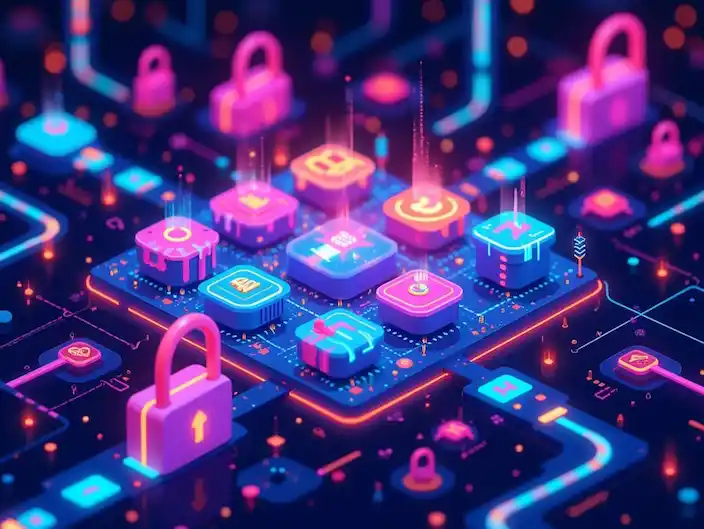
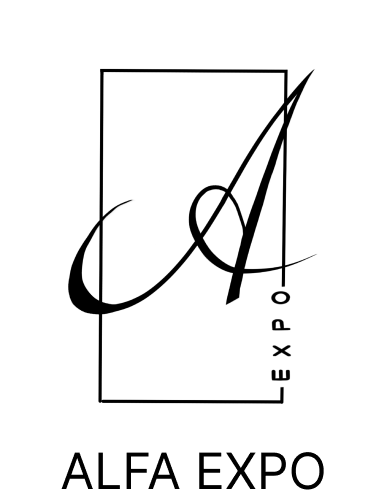
One Response